Meet The Schnitts
Who are the Schnitts and where do they come from? When did they arrive in the neighborhood, and what do they want? Isn’t it about time we went over and invited them in for a cup of coffee, and stopped watching them from behind our twitching net-curtains? That’s what being a good neighbour is all about. I mean, they’ve already been here some time …
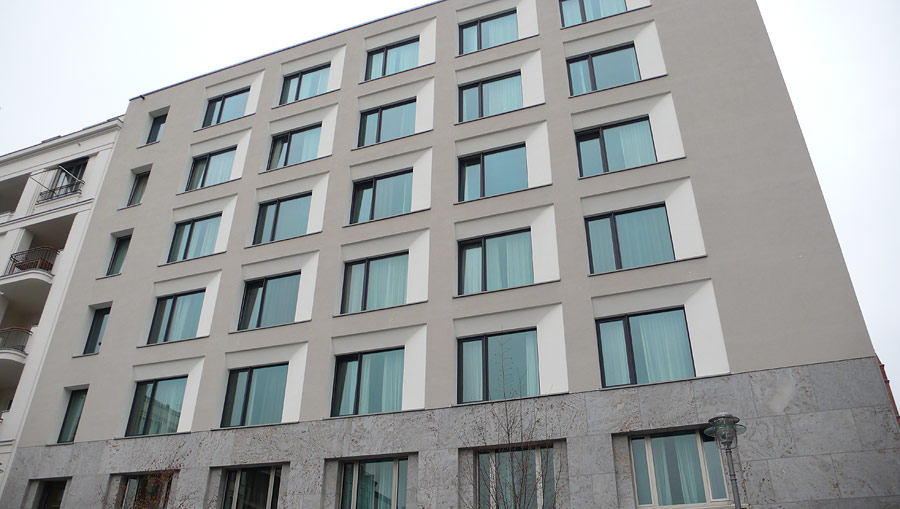
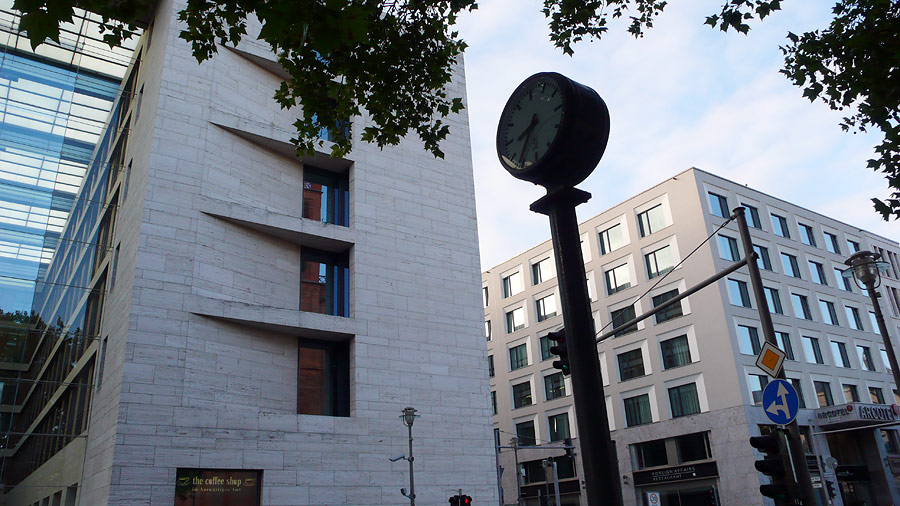
In the 1990s the Blandy Boxes moved in. Squared-off and blocky, slightly aloof but without the charisma to carry it off, they made for unsympathetic company, but looked as if they meant their arrival seriously, all the same. Across Berlin they settled, hunkering down into the city’s multitudinous cavities, anchoring their substantial sandstone-clad rumps into the peaty substrate with an unarguable sense of purpose.
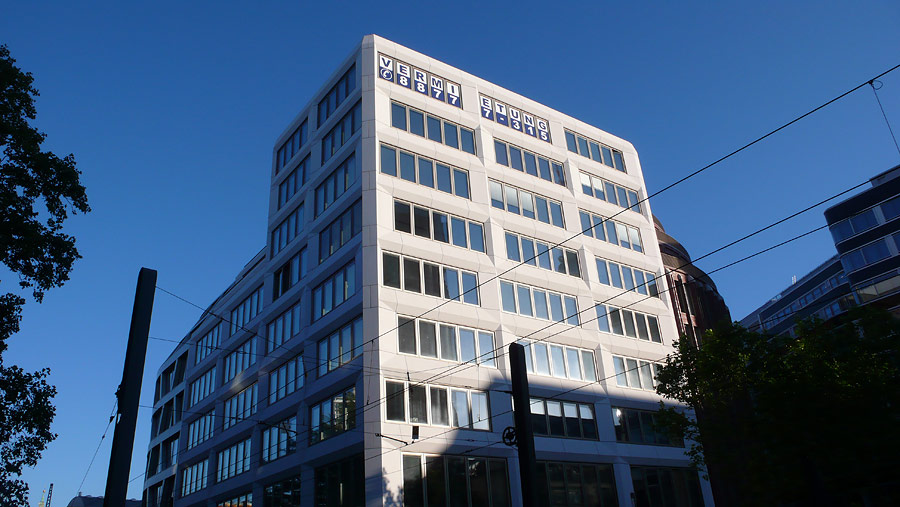
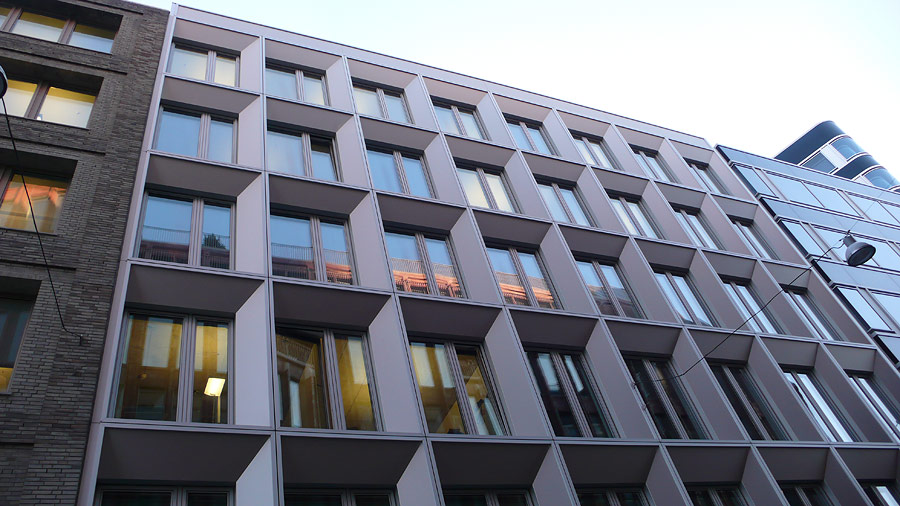
But the Schnitts arrived rather more quietly, with less of an ado. Either they were more tactful, or mindful of what went before, but they too seem to be taking root with alarming determination. Ostensibly they look rather similar, the Schnitts and the Blandy Boxes. You’d be forgiven for confusing one for the other, on passing, despite the half-generation between them. The marching rhythm of their façades suggests common lineage, but look closer at the windows and you’ll spot the difference. It’s that subtle tilt inwards on one or more edges which sets them apart. For the Blandy Boxes and the Schnitts are not siblings bound to common parents, but cousins raised by the same grandfather: strict Old Man Hans.
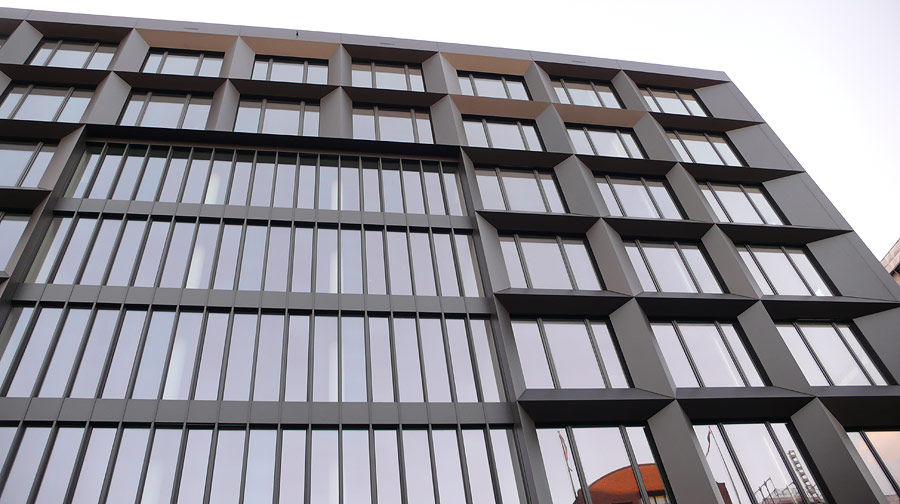
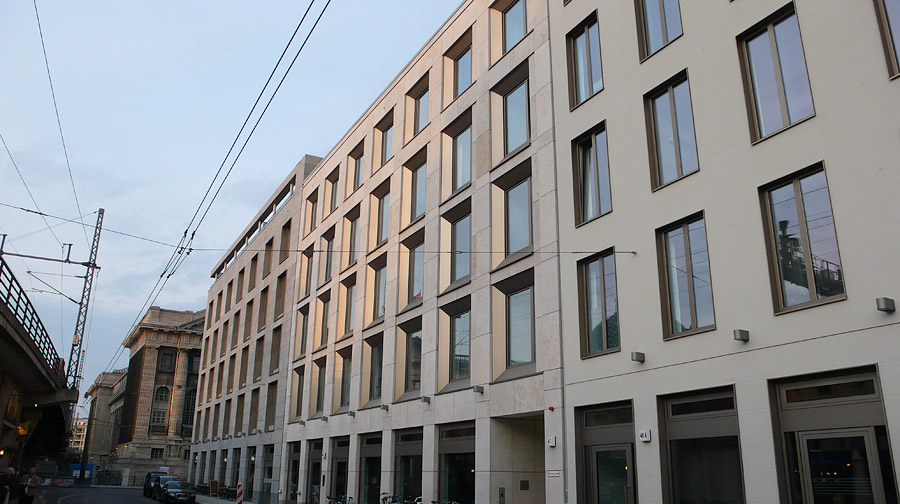
So what’s with that tilt, that all-too-timid rearrangement of plane around the window? Is it a squint? A myopic glance at how the future could have been? Or the stunted gesture of a greater creativity stifled by draconian authority? Is it anything new at all? Or just the same program modelled with different software?
“Edges and Faces: That’s all there is to it
Every SketchUp model is made up of just two things: edges and faces. Edges are straight lines, and faces are the 2D shapes that are created when several edges form a flat loop.Push/Pull: Quickly go from 2D to 3D
Extrude any flat surface into a three-dimensional form with SketchUp’s patented Push/Pull tool. Just click to start extruding, move your mouse, and click again to stop.”
– Google SketchUp marketing blurb
The final picture, above, reveals the cousins side by side: a recently built laggard representative of the prevailing 1990s Berlin aesthetic (the Blandy Box to the right); and one of the Schnitts (center), a more recent development, with snap-on polygon in-trusions amongst sandstone slabs.